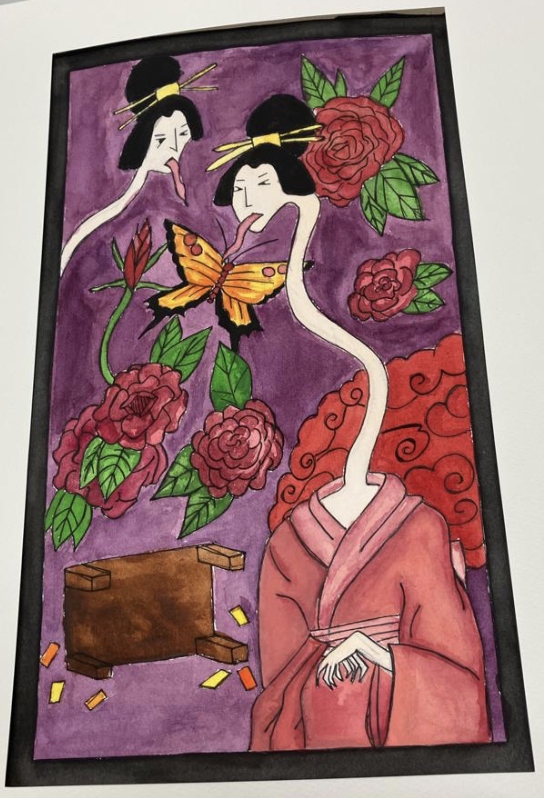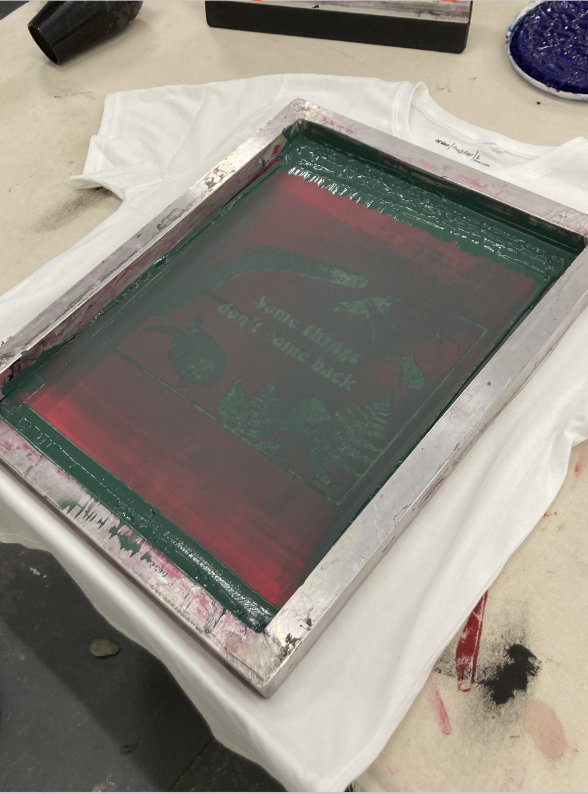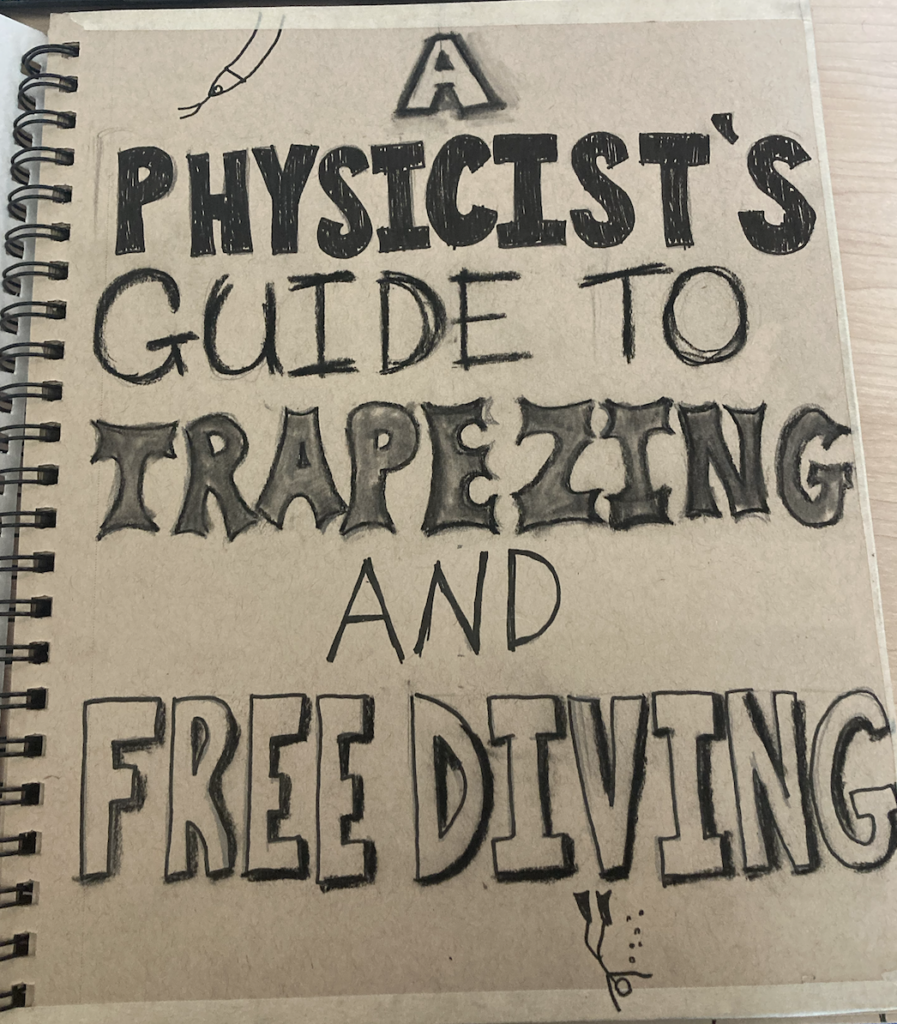Driving Question:
How might we demonstrate the knowledge and skills to achieve and maintain a health-enhancing level of physical activity and fitness while attending TGS?
Project Summary:
Andrea, David, and Doeun presented their project, “Building Grit Through Physical Education,” highlighting how physical activity at TGS fosters resilience, community, and personal growth. Each shared personal anecdotes illustrating their journeys through physical challenges and the support they received from their peers and mentors.
David shared his experience of running a quarter marathon in Greece despite a shin splint, emphasizing how community support helped him recover and persevere. Doeun recounted her struggle to maintain physical activity, ultimately achieving a 10K run through persistence and encouragement from friends. Andrea discussed her fencing project across different countries, overcoming challenges like adapting to new teachers and techniques, and how sports can unite people regardless of cultural differences.
The trio emphasized the importance of community in PE, citing their weekly “tough tummy time” sessions led by their PE coach, Shasta, which fostered a sense of togetherness. They also highlighted student-led sports sessions, where students like Aryna, Luiza, Sally, and Liam took on leadership roles to coach and support their peers, developing personal skills and contributing to the community.
The project showcased how TGS’s physical education program instills values such as grit, ubuntu (togetherness), and responsibility, leaving a lasting impact on the students.















